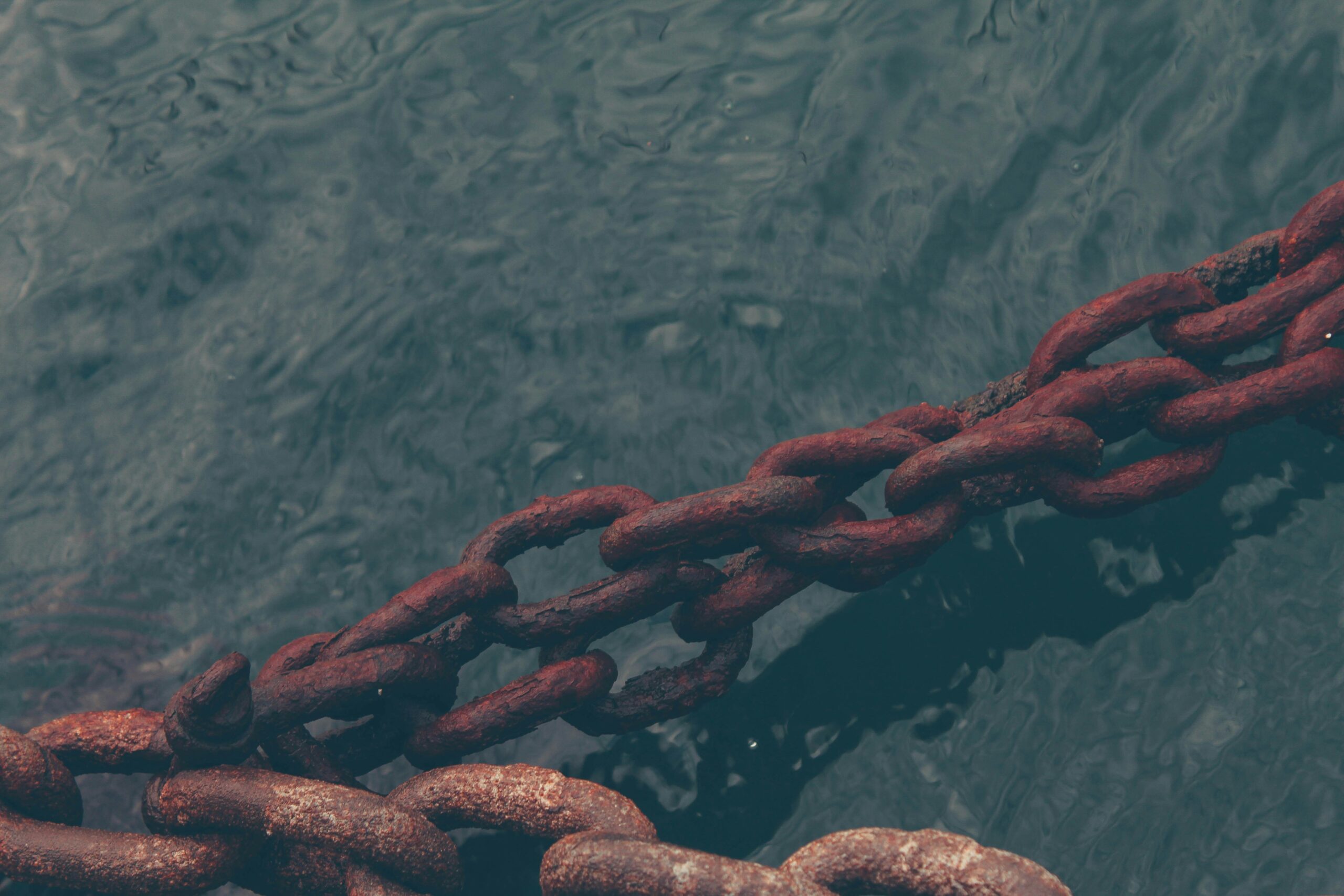
When I first started out in SEO back in 2009, one thing was made very clear to me… nofollow links were worthless. At least when it came to SEO value.
If a link wasn’t followed, it wasn’t passing PageRank. End of story.
But that was 16 years ago.
And while a lot has changed in SEO since then, many SEOs still cling to this outdated view.
Running a digital PR agency, it still surprises me how many briefs that we receive that define that a prospect is “only looking for followed links.” Usually, they’re something like DR80+, too (but read my guide on digital PR measurement for more thoughts on this).
Today, I want to challenge that thinking and explain why nofollow links aren’t, in fact, worthless.
I’m not here to talk about referral traffic, brand visibility, or anything indirect. Those things are a given … but often not what SEOs are measured on. Read Amy Irvine‘s guide to why you shouldn’t be ignoring the impact of nofollow links to learn more about the wider benefits.
I’m talking about the direct SEO impact of nofollow links, and why they’re not as worthless as you might think.
Keep reading and I’ll break down the reasons why Google was forced to turn nofollow from a directive into a hint, and why anyone who believes they don’t have an impact on SEO success needs to rethink their stance on it.
Nofollow: From a directive to a hint
In 2019, Google announced a fundamental change to how they treat the nofollow attribute.
Previously, links marked with rel=”nofollow” were completely ignored by Google. They weren’t used for passing either contextual signals, PageRank or for the discovery of new pages. But in September 2019, Google updated their stance.
“When nofollow was introduced, Google would not count any link marked this way as a signal to use within our search algorithms.
“This has now changed.
“All the link attributes—sponsored, ugc, and nofollow—are treated as hints about which links to consider or exclude within Search.
We’ll use these hints—along with other signals—as a way to better understand how to appropriately analyze and use links within our systems.“
In other words, nofollow became a suggestion, not a rule. And it meant that Google could treat nofollowed links like followed ones, if deemed appropritate.
This didn’t mean that every nofollow link now passed PageRank. But it opened the door to Google treating some nofollow links like followed ones—if certain conditions were met.
But why did this change even happen in the first place?
Why Google had no choice but to evolve nofollow
Here’s where things get interesting.
During a conference talk I gave recently, I explained this change from a different angle, and I had multiple SEOs come up to me afterwards saying it completely changed how they think about nofollow.
The key? Understanding how this connects to Google’s broader link evaluation systems; specifically, the concept of seed sites and link distance ranking.
Let’s break it down.
Understanding seed sites & link distance ranking
In one of Google’s patents titled “Producing a ranking for pages using distances in a web-link graph”, it describes a system that ranks pages based on how far they are (in terms of links) from a trusted set of seed pages.
These seed sites are:
- High-quality
- Reliable
- Well-connected (i.e. lots of outbound links)
- Diverse across topics
Examples Google has given in the past include The New York Times and the now-defunct Google Directory.
The principle is simple: the closer a page is to these trusted sources, the higher its perceived quality. Think of it like click depth, but across the link graph.

But here’s the catch…
Publishers broke Google’s link graph
Sometime between 2016 and 2019, many top-tier news publishers began blanket nofollowing every outbound link.
Why? Most likely fear. Publishers were worried about being penalised for linking out. Nofollow became a shield.
As Glenn Gabe has written on this, “Some of the reasons are the result of SEO conspiracy theories, speculation on how Google might view those links, attempts to “sculpt” PageRank, and more. So, misinformation has led to some publishers simply not linking out, or nofollowing links.”
The result?
Many of the trusted seed sites, the foundation of the updated version of PageRank (we had this confirmed again recently in the DOJ trial), were no longer passing PageRank or able to be used for the discovery of new content.
This became a problem.
John Mueller’s warning on publishers blanket nofollowing links
A few months before Google changed how they treated nofollow, someone asked John Mueller (in a Webmaster Central hangout) what he thought about publishers nofollowing every outbound link.
His response?
“That’s definitely wrong. It’s definitely not the case that if you use normal links on your website that you would rank any worse than if you put nofollow on all outgoing links… I suspect it’s even, on the contrary, that if you have normal linking on your page then you would probably rank a little bit better over time – essentially because we can see that you’re part of the normal web ecosystem.”
Translation? Google values natural linking. And the search engine was clearly unhappy with the widespread abuse of nofollow. Likely for the reasons I gave above.
If we assume that 1 in 3 authoritative publishers nofollowed all outbound links, and many of them likely formed part of Google’s seed set, that’s potentially a 33% reduction in Google’s seed network.
Google had to act. It was losing so much link data which the algorithms need as signals.
Publishers chose to nofollow every link, and how it was previously handled, Google wasn’t following these links. It was causing huge blind spots in Google’s link graph.
And they did, by turning nofollow into a hint instead of a directive.
What this actually means in practice
Google doesn’t treat all nofollow links equally.
Nofollow is still nofollow in a lot of cases.
But when certain other signals are present, such as being on a page or site that’s considered high-traffic (yep, Google’s collecting Chrome data), there’s a strong case that Google will treat those nofollow links like followed ones.
In fact, during the DOJ trial against Google, internal documents confirmed that PageRank is still used as an input into the quality score, and made specific mention of “distance from a known good source.” That’s what I referred to earlier as ‘seed sites.’
That’s not just speculation. That’s Google testimony in the trial.
And it backs up the reasons why nofollow links had to be turned from a directive to a hint.
Stop ignoring nofollow links when they come from the right sources
Let’s say you earn a link in The Guardian, The Telegraph, or The Sun and it’s using the nofollow attribute.
Should you dismiss it as worthless?
Absolutely not.
Given the fact that it’s from an authoritative, high-traffic domain, assuming it’s relevant and editorially placed, then there’s a strong chance it’s passing some form of PageRank or link value.
And we’ve seen the impact ourselves in SEO campaigns. Nofollow links from authoritative sources can and do move the needle.
Search keeps evolving. And, within this, the role of nofollow has evolved significantly, too.
If you’re still treating nofollow links as worthless in 2025, you’re likely misunderstanding how Google uses links as signals.
So here’s the mindset shift:
Focus less on the attribute, more on the source.
If a link is from a top-tier, trusted publication and sits in relevant editorial content, it holds value. Full stop.
It’s time we stopped dismissing nofollow and started thinking like modern SEOs again.



